Who Is John Frum? Burning Man 2013’s Link To A ‘Cargo Cult’ In Vanuatu

Each Feb. 15, residents of the remote island of Tanna in the South Pacific nation of Vanuatu gather to celebrate an obscure holiday known simply as John Frum Day. Stories about the day’s origins are as copious as they are colorful -- as are the myths of who exactly John Frum is.
“'E look like you. 'E got white face. 'E tall man. 'E live 'long South America," one villager told Naturalist David Attenborough in his 1960s documentary series The People of Paradise. Sometimes portrayed as black, sometimes as white, Frum is nearly always depicted as an American World War II serviceman who will bring wealth and prosperity to those who follow him.
“John promised he’ll bring planeloads and shiploads of cargo to us from America if we pray to him,” a village elder told a Smithsonian reporter who visited the island in 2006. “Radios, TVs, trucks, boats, watches, iceboxes, medicine, Coca-Cola and many other wonderful things.”
Such devotion is a classic example of what we’ve come to know as the “cargo cults,” many of which sprung up across the South Pacific during World War II as American troops descended on some of Earth’s most remote isles by the boatload. While most of these “cults” have faded into obscurity over the years, the cult of John Frum remains as strong as ever in the 21st century.
His devotees gather in Tanna’s Sulphur Bay each Feb. 15 dressed in replica American military garb for a parade. They hoist the American flag into the air and lay flowers at a red cross, the sacred symbol of the John Frum movement, all in good faith that the messianic figure will someday return bearing gifts from the West.
Frum’s name was little -- if at all -- spoken of outside of this isolated community of 28,000 until the popular Burning Man Festival chose “cargo cults” and the mysterious John Frum himself as the theme for the 2013 event, which concluded this Labor Day.
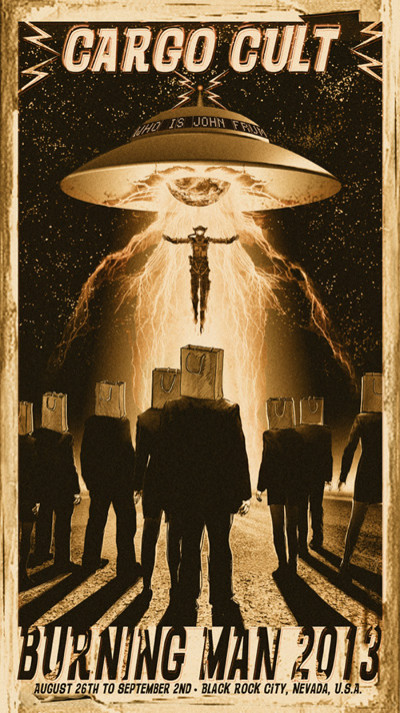
Here’s an excerpt from Burning Man’s 2013 artist statement:
Our story begins in Melanesia during World War II. Thousands of American GIs suddenly descended on this South Sea island chain, bearing with them unimaginable riches: magical foodstuffs that never spoiled, inconceivable power sources. Just as abruptly the troops departed, leaving only broken, rusted Jeeps, crumpled beer cans and the memory of Spam. To the astonished eyes of the natives, this was a miraculous occurrence, and they yearned for the return of abundance. Accordingly, they built totemic sky-craft in an attempt to summon back these Visitors and their legendary leader, the man the Melanesians called John Frum. They had formed a Cargo Cult.
Some critics believe Burning Man’s wording of the cargo cult myth encouraged event-goers “to appropriate and misinterpret indigenous culture from that region,” as one Change.org petition argued.
“The theme announcement, with its unnuanced summation of the ‘cargo cults,’ frames American people as the technologically-superior benevolent savior-gods and native people as naive, wide-eyed primitives. It reinforces myths which justify colonialism historically and contemporarily.”
Undeterred, the event organizers called Frum “a dispenser of endless abundance and wielder of mysterious technologies,” and asked artists to consider three things: “Who is John Frum; where is he really from; and where, on spaceship earth, are we all going?” Given that prompt, this was the end result:
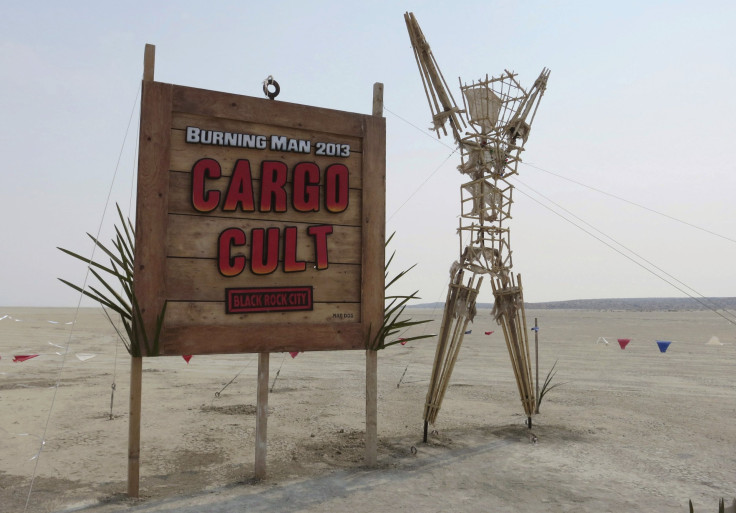
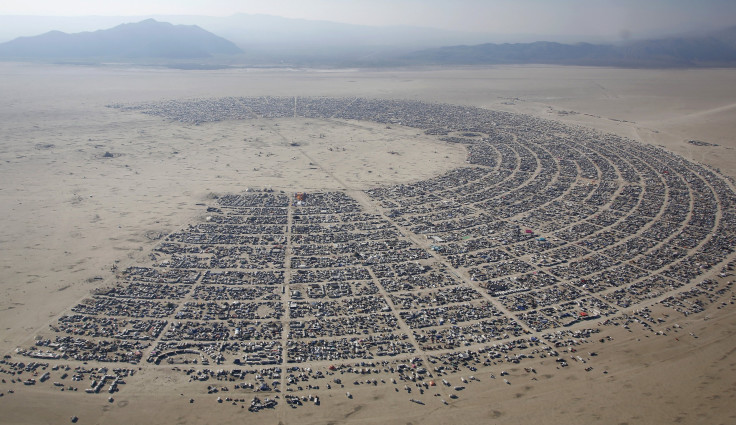
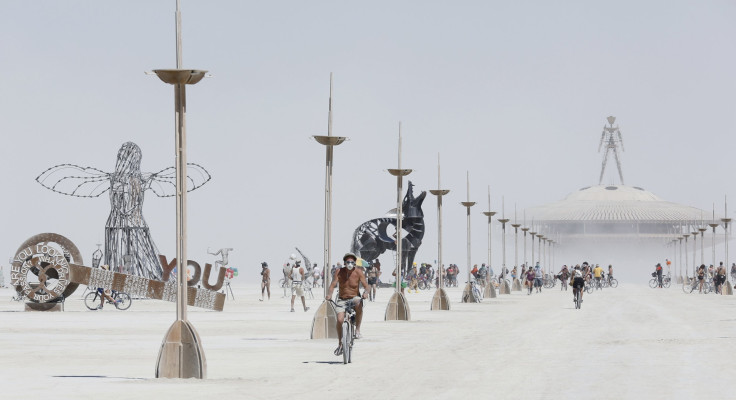
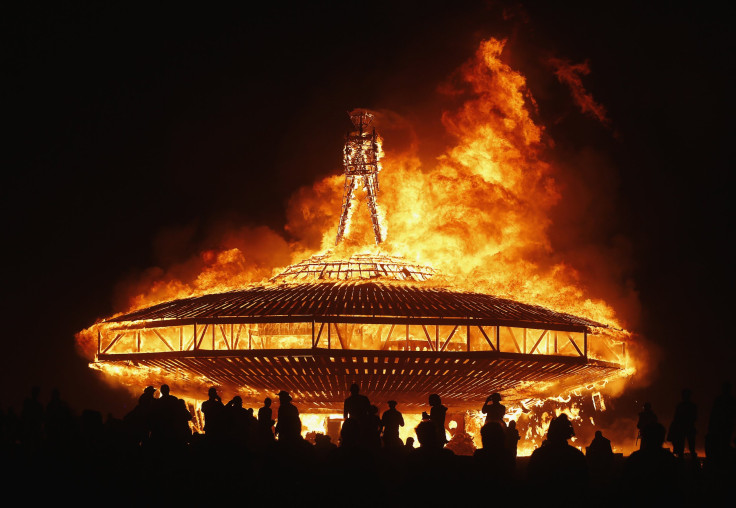


© Copyright IBTimes 2024. All rights reserved.






















